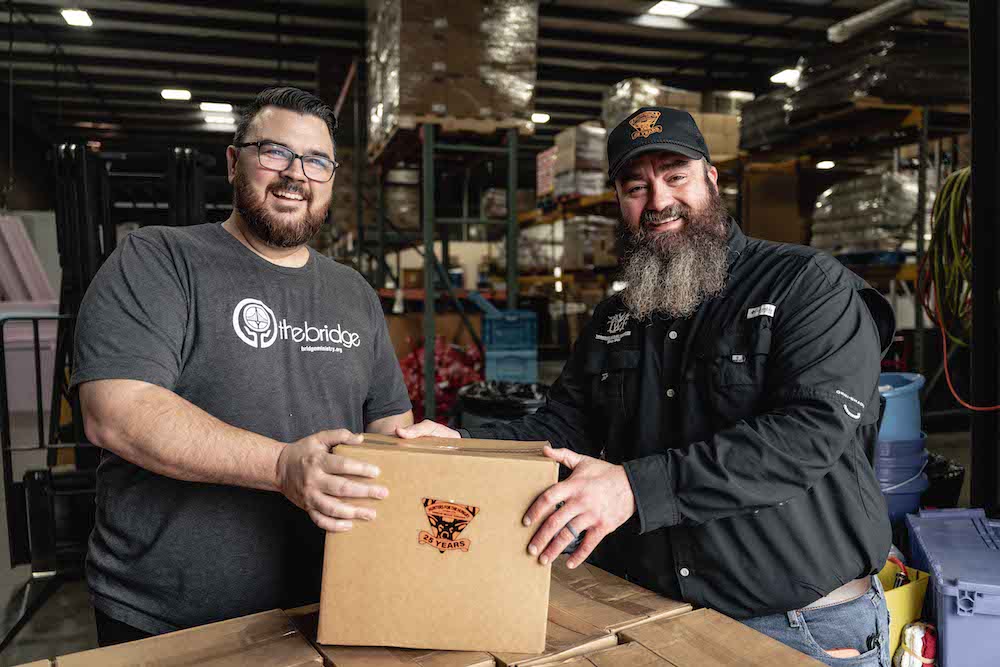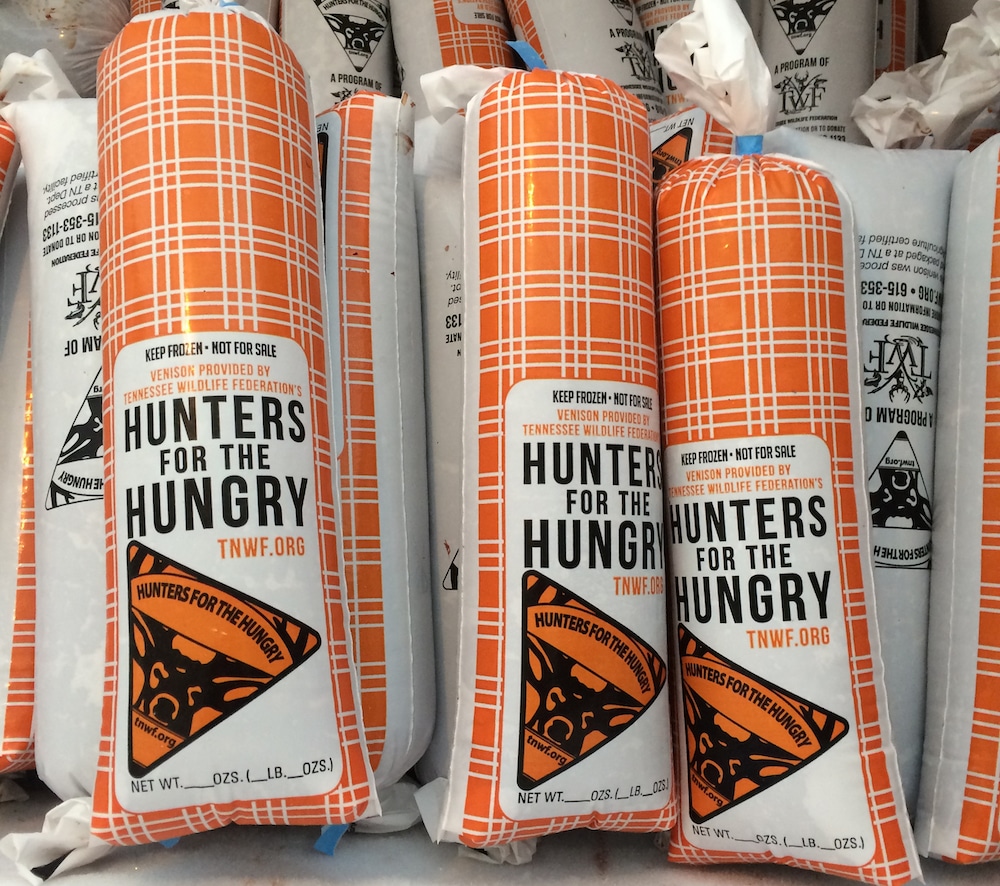Hunters do so much good. They help control population levels, contribute to nationwide conservation efforts through equipment and license purchases, and donate harvested deer to programs that help feed hungry people. If you’ve never donated a deer to a Hunters for the Hungry program, please consider it.
Feeding America states that more than 44 million people in the U.S. face hunger, including 1 in 5 children. To Bob Williams, president of the South Carolina Hunters for the Hungry program, and thousands of other hunters in America, that’s unacceptable.
“There’s a need out there,” Williams said. “I don’t think any child or person in our country should go hungry because they don’t have access to food. That’s our motivation. We, as hunters, have an opportunity to do something.”

The South Carolina organization has donated over 1 million meals. Photo Credit: South Carolina Hunters for the Hungry
Since its inception in 2004, the South Carolina group has donated over 1 million meals to hunger relief organizations throughout the state, including food banks, soup kitchens and homeless shelters. Last year, it also distributed 35,000 venison sticks to needy kids through backpack programs, a concept copied from the Tennessee Hunters for the Hungry program, which operates under the Tennessee Wildlife Federation.
Most states have a Hunters for the Hungry program. Each organization operates a little differently but usually relies on financial donations, grants and fundraising events or raffles to generate funds. State wildlife agencies manage some programs and nonprofits lead others; a few are 100% volunteer-based. However, they all have the same goal and work with hunters, food processors and hunger relief organizations to obtain deer, process the meat and distribute the venison to those in need.

A single deer can provide about 168 servings of meat. Photo Credit: Tennessee Hunters for the Hungry
Matt Simcox is the Hunters for the Hungry manager in Tennessee. The program started in 1998 and has since donated more than 9.3 million servings to Tennesseans. Last year, for the 25th anniversary, the program had a record year and received 148,011 pounds of donated venison. Simcox tries to donate a deer yearly because he knows these programs have many benefits.
Venison donation programs help:
“(Donating meat) is a way for hunters to continue hunting even when their freezer is full while helping hungry neighbors that may be struggling with food insecurity,” Simcox said. “One deer will provide 168 servings.”
Many venison processors turn the donations into ground meat because it’s versatile and great for chili, tacos, spaghetti, sloppy Joes, casseroles, burgers and many other simple meals. Plus, venison is lean, organic and protein-packed. If you have a surplus, share your bounty through a program like Hunters for the Hungry.

Donate meat to donation sites or to friends and family. Photo credit: Tennessee Hunters for the Hungry
Hunters can donate venison in several ways. Search for programs in your state or visit your state wildlife agency’s website to find nearby donation sites or organizations. Most of them accept deer at no charge.
“(Hunters have to) find the closest processor and simply take them a field-dressed deer. It’s that simple, and every deer has a huge impact,” Simcox said.
Hunters can also donate meat to friends, families or other individuals on a more personal level. Whether you donate to a formal program or someone you know, give what you can. Every pound matters and makes a difference.
“Donating meat allows me to give back to the community, and it shows community members that hunters are responsible, caring and kind,” Williams said. “We want to feed people and help them get nourishing food.”
Now is a good time to start donating, if you haven’t already. Visit the Hunters for the Hungry website in your state to get started.